Hawaiian Airlines and its customers have faced long-term grief, setbacks and extensive repairs on their still relatively new A321 narrow-body fleet engines. The planes’ operations, critical for routes between Hawaii and the mainland, were heavily impacted by repeated grounding issues due to engine problems, resulting in countless canceled flights and frustrated travelers.
With the repairs now reportedly complete at long last, Hawaiian looks forward to renewed stability and operational growth, just as it enters into a new phase of collaboration following their Alaska Airlines acquisition.
This serves as a timely boost, ensuring additional resources and route expansions while preserving Hawaiian Airlines’ reputation in Hawaii’s unique travel environment.
Long-running, slow to fix engine problems reach resolution.
Hawaiian Airlines’ challenges with the A321neo fleet began years ago when issues with the Pratt & Whitney engines surfaced. A rare powder metal defect caused frequent engine malfunctions, leading to repeated recalls and extended groundings of these crucial narrow-body planes.
Passengers were often left scrambling to rebook or switch airlines as Hawaiian worked to manage the disruptions. The time required to fix the engines due to the backlog was enormous, as long as one year.
A previous Beat of Hawaii article on Hawaiian’s A321neo problems detailed how these issues forced the airline to temporarily suspend flights on popular routes like Lihue-Oakland and Honolulu-San Jose.
Commenter Glen expressed the frustration shared by many at the time, saying, “Hopefully all flights already booked with HA will continue as is.” With repairs now fully complete, travelers can finally anticipate reliable A321neo service without the worry of last-minute cancellations.
Impact on Hawaii routes and travelers.
The A321neo issues, now resolved, posed a persistent challenge for Hawaiian Airlines. At their peak, these problems disrupted a huge number of flights, leading to full route suspensions and creating service gaps that had to be covered in other ways.
Hawaiian was forced to suspend 151 flights at one point, with some routes paused for months, allowing competitors like rival Southwest Airlines to pick up the slack.
One reader, Neil, voiced his frustration on Beat of Hawaii: “I am using Southwest for flights instead. The engine problems with the one-aisle planes are awful—especially the time required to fix it.”
Now, with all A321neo planes back in operation, Hawaiian has restored its full A321neo route schedule, ensuring consistency for travelers and defending its market position.
Hawaiian Airlines’ journey with the A321neo has been a turbulent one.
The engine issues first surfaced at Hawaiian and other airlines, when the Pratt & Whitney PW1100G engines, known for efficiency and lower emissions, began showing manufacturing related vulnerabilities.
The issue with the engines, due to a rare defect in the powdered metal used for certain engine components, first surfaced broadly nearly five years ago. This defect, affecting engines across multiple airlines and also on both the Airbus A320neo and A321neo models, was found to increase the risk of engine component cracking and premature wear.
By 2020 the problem gained more visibility as additional inspections revealed the defect’s prevalence, leading to what became widespread recalls and groundings. Pratt & Whitney, along with regulatory bodies, mandated an inspection protocol for impacted engines, initially estimating relatively short repair times. However, it soon became clear that the extensive nature of the defect, coupled with complex repair needs, and how many engines were actually impacted, would require more extended out-of-service periods for engines—often up to 300 days per engine by some estimates.
This issue has continued to impact airlines, with the largest disruptions unfolding in 2023 and into 2024. Hawaiian Airlines and others including Delta Air Lines and JetBlue were particularly impacted, given their reliance on the A321neo for many routes.
Each round of recalls, often requiring planes to be out of service for many months, was a logistical and financial debacle for the airline. Such an extensive timeline of out-of-service setbacks meant Hawaiian had to adapt on the fly. From temporarily pulling routes to adjusting schedules, the airline worked to minimize disruption, but the challenges of repairing high-tech engines added up, especially for such a small carrier. Hawaiian Airlines tried to keep customers informed throughout, but the road to resolution was anything but smooth.
Alaska Airlines purchase enhances Hawaiian’s operational stability.
With Hawaiian’s A321neo fleet now repaired, the airline stands to benefit significantly from its merger with Alaska Airlines. This merger provides crucial operational support and access to extensive resources, helping Hawaiian meet demand while minimizing the risk of future disruptions. Alaska’s infrastructure and customer service expertise, combined with the fully operational A321neo fleet, enable Hawaiian to prioritize reliability, expand its services, and elevate product quality.
Too little, too late for Hawaiian Airlines.
It goes without saying had the pandemic not occurred, or the engine troubles happened, Hawaiian may have been in an entirely different circumstance, rather than needing to be acquired by Alaska to avoid bankruptcy.
We welcome your input!
Get Breaking Hawaii Travel News

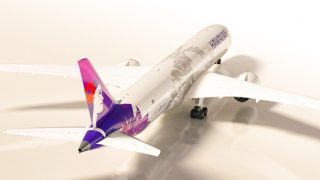
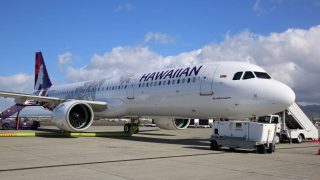

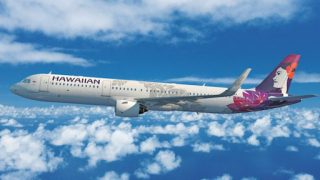
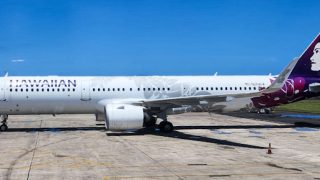
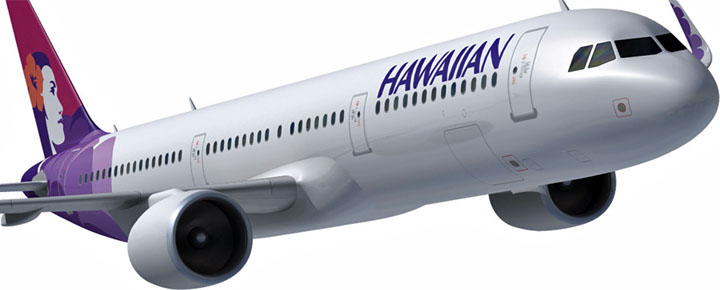
Looks like they have regularly scheduled HNL-ITO flights for the A321 at least twice a day beginning 12/5
It will be great to fly from HNL to SNA and avoid LAX marathon to the gate
Well problem is not fixed. Just had to return to Hawaii mid-flight due to “maintenance” issue. I like Hawaiian Airlines but hearing you have to turn back while over the ocean is not fun!
Whatever happens, yes, please do not stop the A380 to Maui, my home island. Or at least keep them flying despite the A321 Nero. I know there’s a great economical plane, but one aisle and 3-3 is awfully tight with no seats for just two people…………….
Now I hear the Dreamliner is coming for the Kahului-LAX route instead of to Phoenix. I know it’s a beautiful new plane, but my wife and I love the setup of two seats on the sides. The Dreamliner is 3-3-3, from what I’ve heard. ……….. .
Either way, I’m so glad Hawaiian Air is still here. I hope Alaska Air never takes away the Aloha spirit you only get on Hawaiian Air.
Blame those bean counters. For they are the culprits.
I believe you’re referring to the A330 in regards to seats being in pairs.
Planes are hard to come by now. With the Boeing mess, I think you hold onto everything you have.
It will l be interesting to see what Alaska Airlines does.
The 787’s are configured substantially differently than the A330’s and are set up for the sort of long range, price segmented market like HNL-ICN and so forth, markets that don’t seem to be recovering.
For the West Coast markets, the A321’s can’t do anything the 737 MAX’s can’t do, and having a sub-fleet, based in expensive, and getting more expensive, Hawaii doesn’t seem likely.
The A321’s are a little bigger, but that may not be worth the extra cost of the sub-fleet.
That has been Hawaiian’s problem for years now, they put all their eggs in one basket, and that basket hasn’t panned out too well.
I hope they don’t retire the wide body A 330s which is our
favorite plane to fly on.